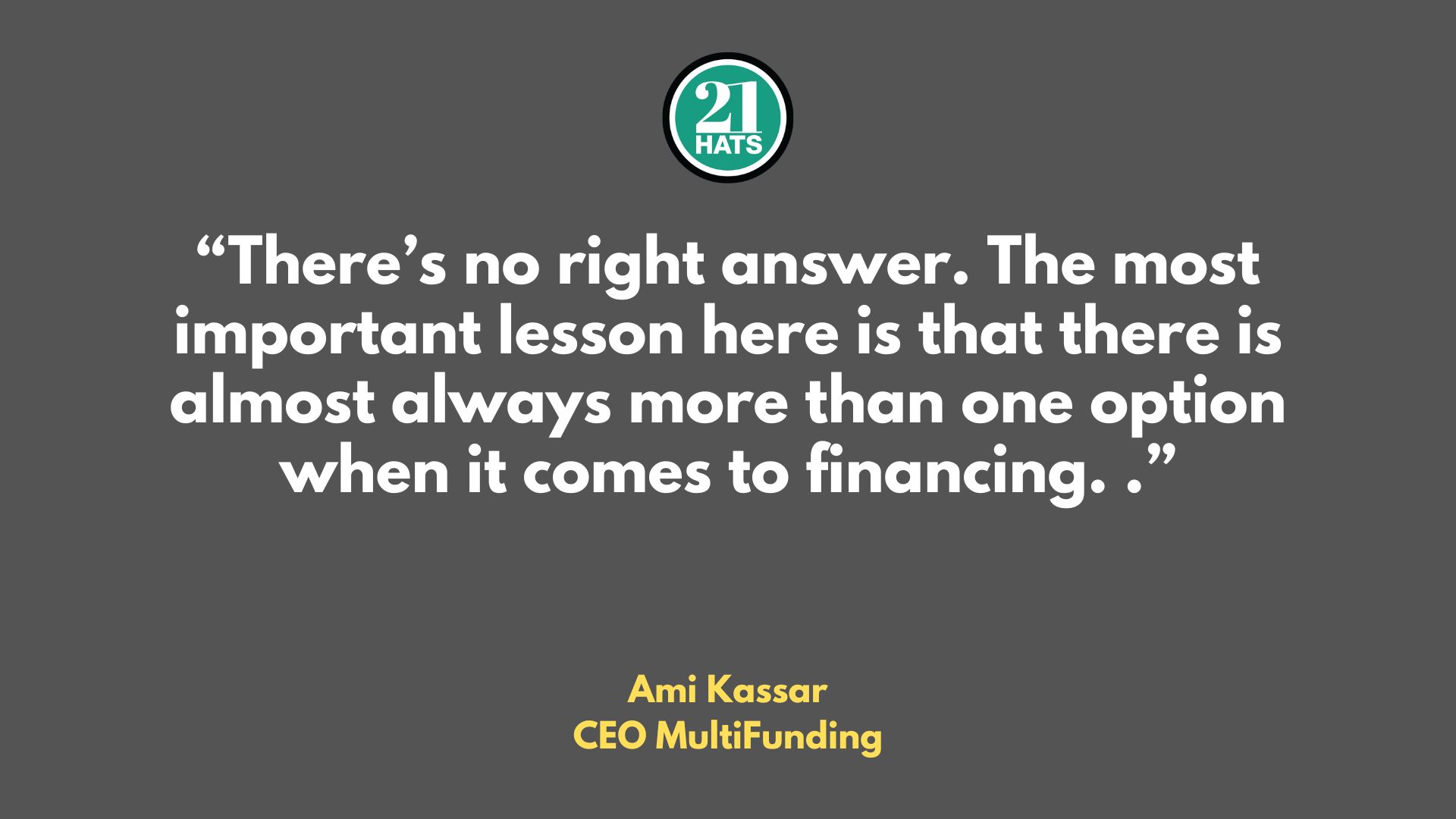This Entrepreneur Is About To Give Away Equity

He’s making a choice between more control and faster growth. What would you do?
By Ami Kassar
I could hear the anxiety on the other end of the phone. Finally, after four years of sweating it out through product development, my potential client—let’s call him Joe—was ready to push his business out into the world. With a few hundred thousand dollars in seed money, he had developed his product, secured a patent, and gotten customers to start biting. But now he was faced with a decision: How would he fund the growth that suddenly seemed within reach?
He has an offer on the table. One of Joe’s angel investors will give him a few million dollars to build inventory and infrastructure. This option is the quickest and probably the easiest way to build the business without much financial risk. By taking on the investor, Joe can make certain that the company is adequately financed and ready for growth. But this choice will have consequences: Joe will no longer be the primary decision-maker in the company he built, and he won’t reap the majority of the rewards if the company goes gangbusters.
Joe was reaching out to me because he wants to know if there is another option. And there is – but it won’t produce growth as quickly, and the financing will be expensive. The other option is purchase-order financing, which allows businesses to borrow against accounts receivable. Unlike many other types of business financing, purchase order financing features an approval process that can depend more heavily on your customer’s creditworthiness than your own. While this might initially seem enticing, it does come with risk. For one thing, your customer may be put off by the prospect of a credit inquiry and questions about the company’s financial stability. The cost of purchase-order financing may also be a concern, with rates ranging from 3 percent to 6 percent per month.
But the process is a way to secure relatively quick working capital, keep the products moving, and satisfy customers without the risk of having to build a glut of inventory, especially in the early days of the rollout. And remember, this option allows Joe to maintain control of his company. He can make decisions about the product he envisioned and developed. And while it may take longer to get there, the company’s success will be in his hands—and his pockets.
So what direction should he take? The one where he can hit the ground running and scale quickly but give up control ? Or the path with slower growth and higher costs but the opportunity to retain control?
These are the kinds of decisions all entrepreneurs have to make along the way. And of course we all have different priorities and different tolerances for risk. There’s no right answer. In my opinion, the most important lesson is that there is almost always more than one option when it comes to financing. Your best bet is to understand your options before your back is against the wall. Take the time to understand all of the pros and cons. And then make the decision that is right for you.
But if you were Joe, what do you think you would do and why?